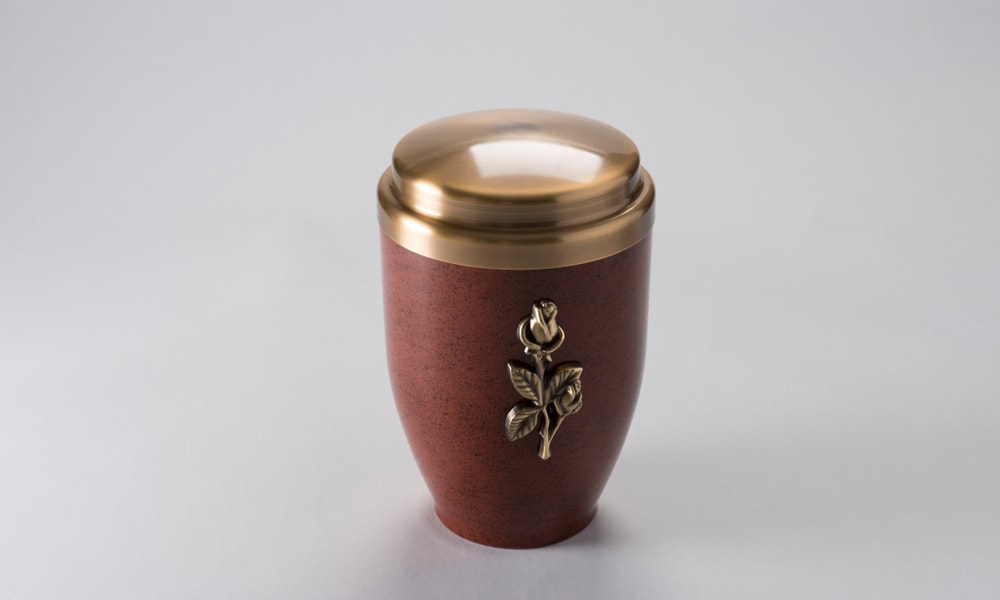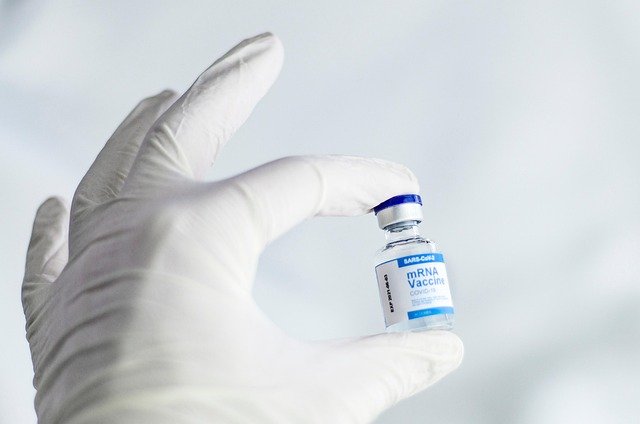The Cremation Process
Understanding the cremation process can provide peace of mind and clarity when making final arrangements. Whether you're exploring options for a loved one or considering the process for yourself, this guide offers an informative, step-by-step breakdown. Learn what to expect during cremation and the various steps involved to ensure that you make well-informed decisions.

How Does the Cremation Process Begin?
The cremation process begins after the death has been officially pronounced and the necessary documentation has been completed. First, the family works with a funeral director to obtain a death certificate and cremation authorization form. This form typically requires signatures from the deceased’s next of kin or legally authorized representative. Some states also require a waiting period (usually 24-48 hours) between death and cremation to allow time for any necessary investigations or examinations.
Once paperwork is complete, the deceased is transported to the crematory facility. If a viewing or funeral service is desired before cremation, the body may be embalmed, though this isn’t required for direct cremation. The deceased is identified through a metal ID tag that remains with the body throughout the entire process, ensuring proper identification from intake to the return of remains.
What Preparation Takes Place Before Cremation?
Before cremation begins, several important preparation steps occur. The crematory staff performs a final identification check using the paperwork and ID tag system. Any medical devices that contain batteries, such as pacemakers or defibrillators, must be removed as they can explode when exposed to high temperatures. Similarly, prosthetics made of certain materials may need to be removed.
The body is then placed in a cremation container—either a simple cardboard box for direct cremation or the casket used during the funeral service if one was held. Religious or personal items may be placed with the deceased based on family wishes and crematory policies. Jewelry and other personal effects are typically removed and returned to the family unless specific instructions state otherwise.
What Happens During the Actual Cremation Procedure?
The cremation container is placed in the cremation chamber, also called a retort, which is specifically designed to withstand temperatures between 1,400 and 1,800 degrees Fahrenheit. The intense heat reduces the body to its basic elements through a process that typically takes 1-3 hours, depending on the crematory’s equipment, the size of the deceased, and other factors.
During cremation, organic matter is consumed by heat and evaporated, leaving behind bone fragments and any non-combustible materials such as metal from joint replacements or dental work. Contrary to popular belief, flames don’t actually touch the body directly—instead, the extreme heat causes the body to be reduced through a process called thermal decomposition.
The cremation chamber is designed for a single cremation at a time, and strict protocols ensure that remains are never commingled. Throughout the process, the deceased maintains their identity through the tracking system established at intake.
How Are the Remains Processed After Cremation?
After the cremation is complete and the chamber has cooled, the cremated remains are carefully collected. These remains primarily consist of bone fragments, which are then processed into what we commonly refer to as “ashes.” The processing involves passing the bone fragments through a specialized processor that reduces them to a uniform, sand-like consistency.
Any metal items that survived the cremation, such as surgical screws, dental fillings, or parts of prosthetics, are separated using magnets or manual methods. Many crematories now work with recycling companies to responsibly recycle these metals, with proceeds often donated to charity.
The processed remains, now a light gray or whitish powder, typically weigh between 3-9 pounds for an adult, with the average being 5 pounds. These cremated remains are then transferred to a temporary container or the permanent urn provided by the family.
How Are the Ashes Returned to the Family?
Once processing is complete, the cremated remains are placed in the selected container and prepared for return to the family. If a permanent urn was selected during arrangements, the remains will be carefully transferred into it. Otherwise, a temporary container is used, typically a plastic or cardboard box that is appropriate for short-term storage.
The crematory coordinates with the funeral home or directly with the family for the return of remains. Some families choose to receive the remains at a memorial service, while others prefer a more private transfer. The cremated remains can be kept in an urn at home, buried in a cemetery plot or cremation garden, placed in a columbarium niche, scattered in a meaningful location (where legally permitted), or even divided among family members in smaller keepsake urns.
Many families now choose creative options for cremated remains, including incorporating them into memorial jewelry, art glass, reef balls for ocean conservation, or even having them pressed into vinyl records or transformed into diamonds through specialized services.
What Are the Costs and Considerations for Cremation Services?
Cremation typically costs significantly less than a traditional burial, making it an increasingly popular choice for many families. Direct cremation (cremation without a viewing or ceremony) is the most affordable option, while adding services like viewings, ceremonies, or special urns increases the overall cost.
The primary factors affecting cremation costs include geographic location, the provider chosen, additional services selected, and the type of container or urn selected. Many funeral homes offer package pricing that includes basic services, transportation, the cremation itself, and a simple container.
| Service Type | Average Cost Range | What’s Typically Included |
|---|---|---|
| Direct Cremation | $800-$2,500 | Basic services fee, transportation, crematory fee, simple container |
| Cremation with Memorial Service | $1,500-$4,000 | Above items plus use of facilities for memorial service |
| Full-Service Cremation | $3,000-$6,000 | Viewing/visitation, funeral service, possibly embalming, more elaborate casket or rental casket |
| Urn Costs | $50-$2,000+ | Depends on materials, craftsmanship, and customization |
Prices, rates, or cost estimates mentioned in this article are based on the latest available information but may change over time. Independent research is advised before making financial decisions.
When considering cremation, it’s important to research local providers, understand exactly what services are included in quoted prices, and know your rights as a consumer. The Federal Trade Commission’s Funeral Rule requires funeral homes to provide itemized price lists and allows consumers to purchase only the services they want.
Cremation represents a deeply personal choice that balances practical considerations with emotional needs. By understanding each step of the process, families can make informed decisions during a difficult time. Whether chosen for environmental, financial, or personal preference reasons, cremation continues to evolve with new options that honor the deceased while providing meaningful closure for those left behind.




